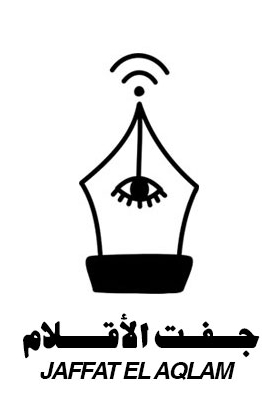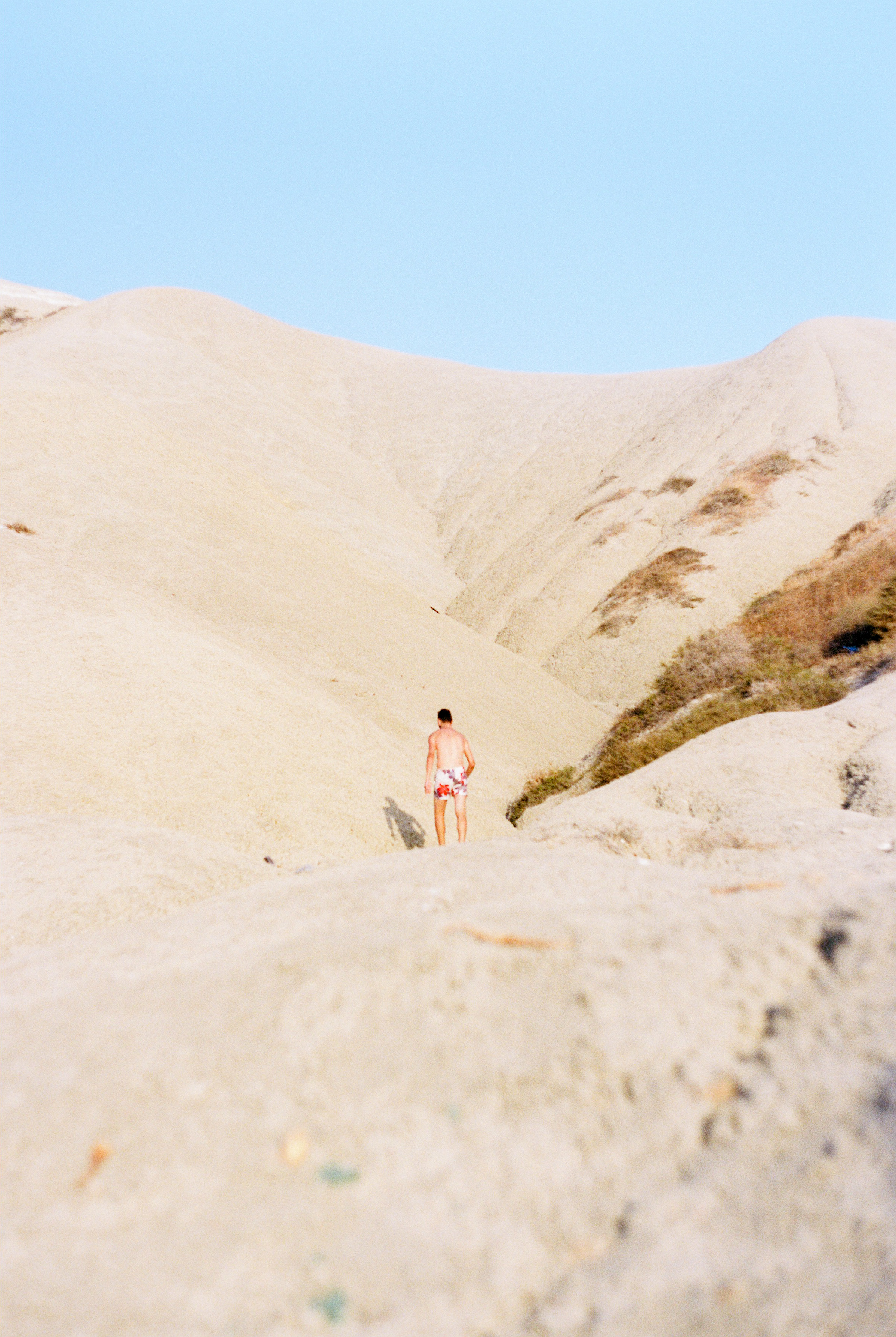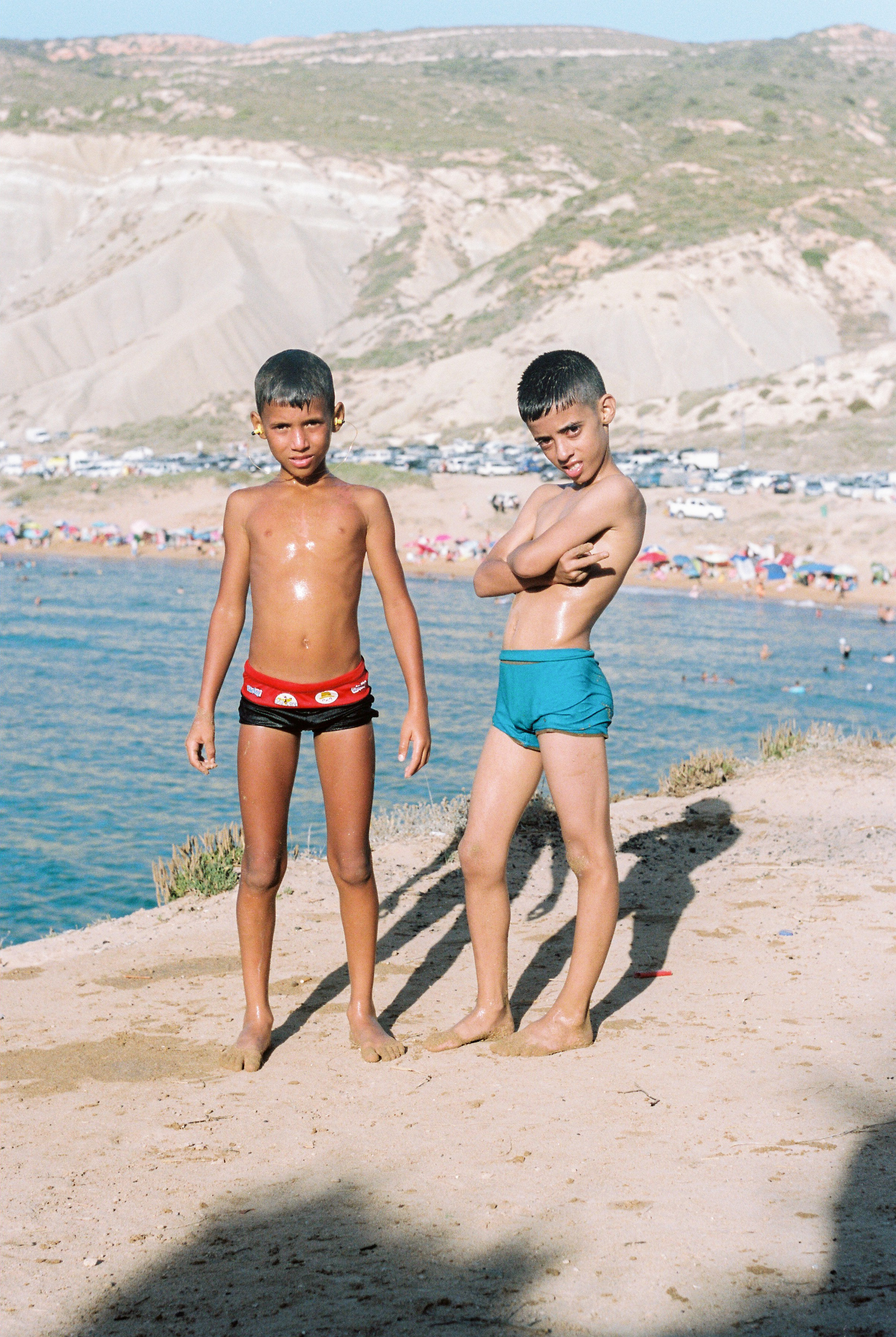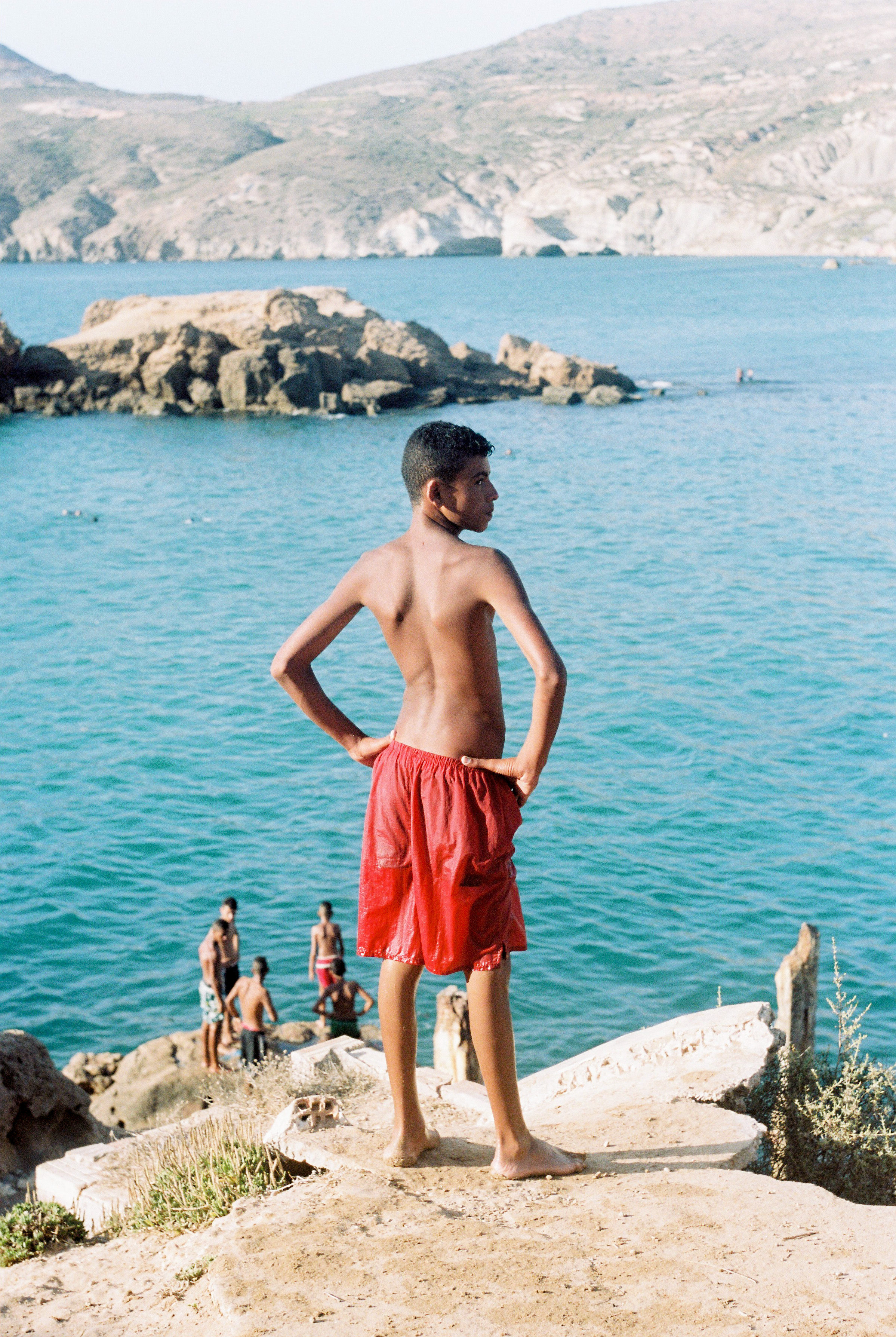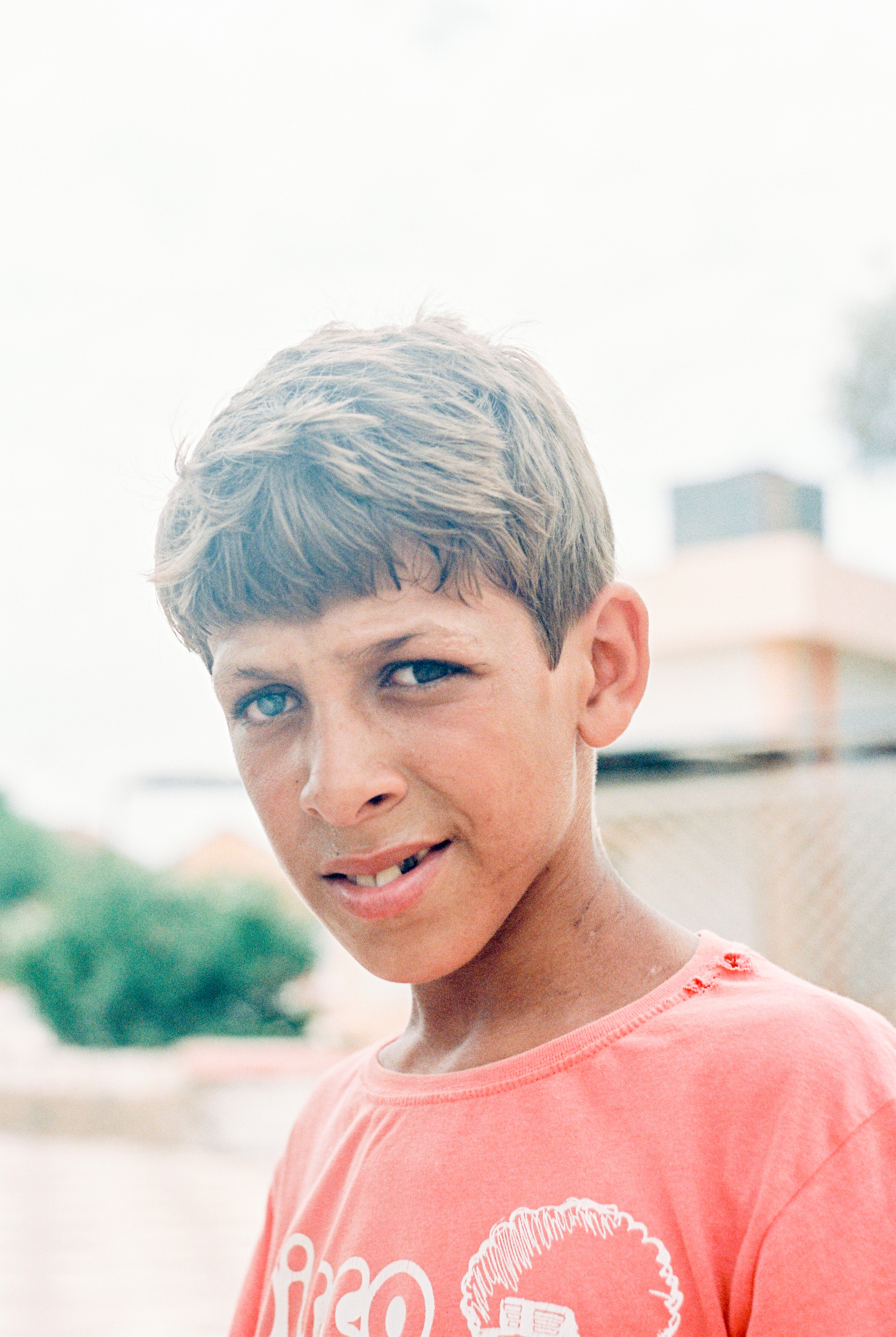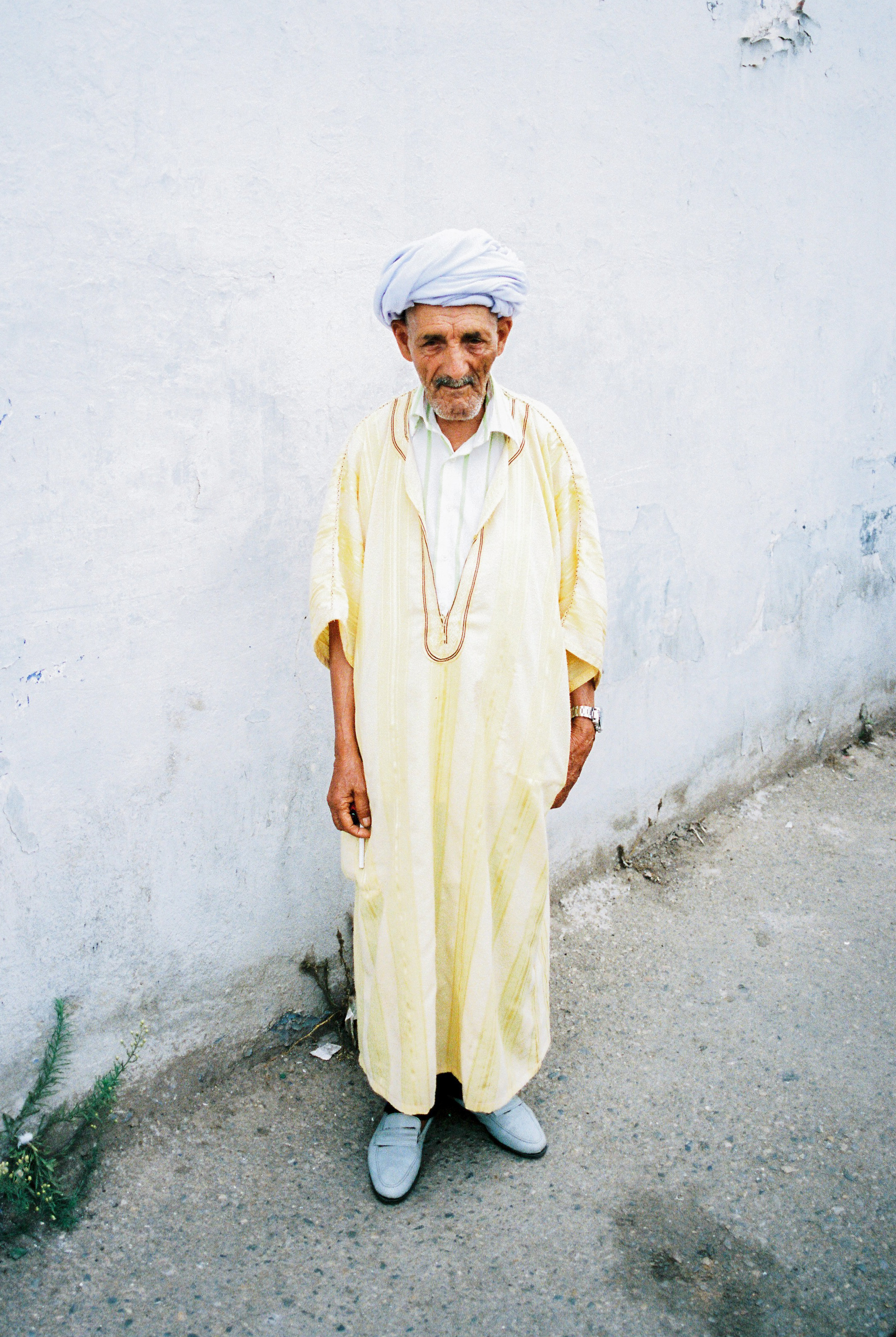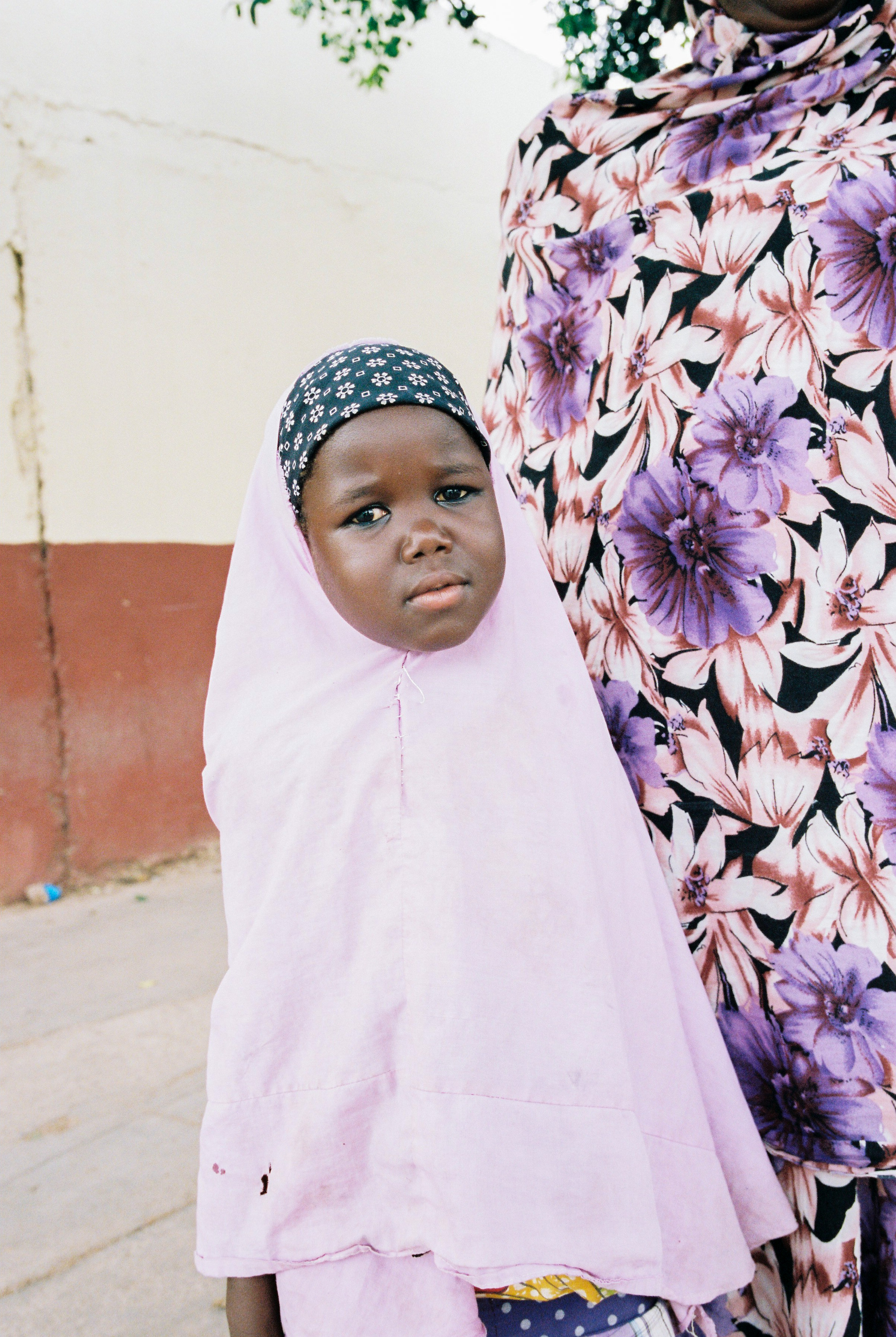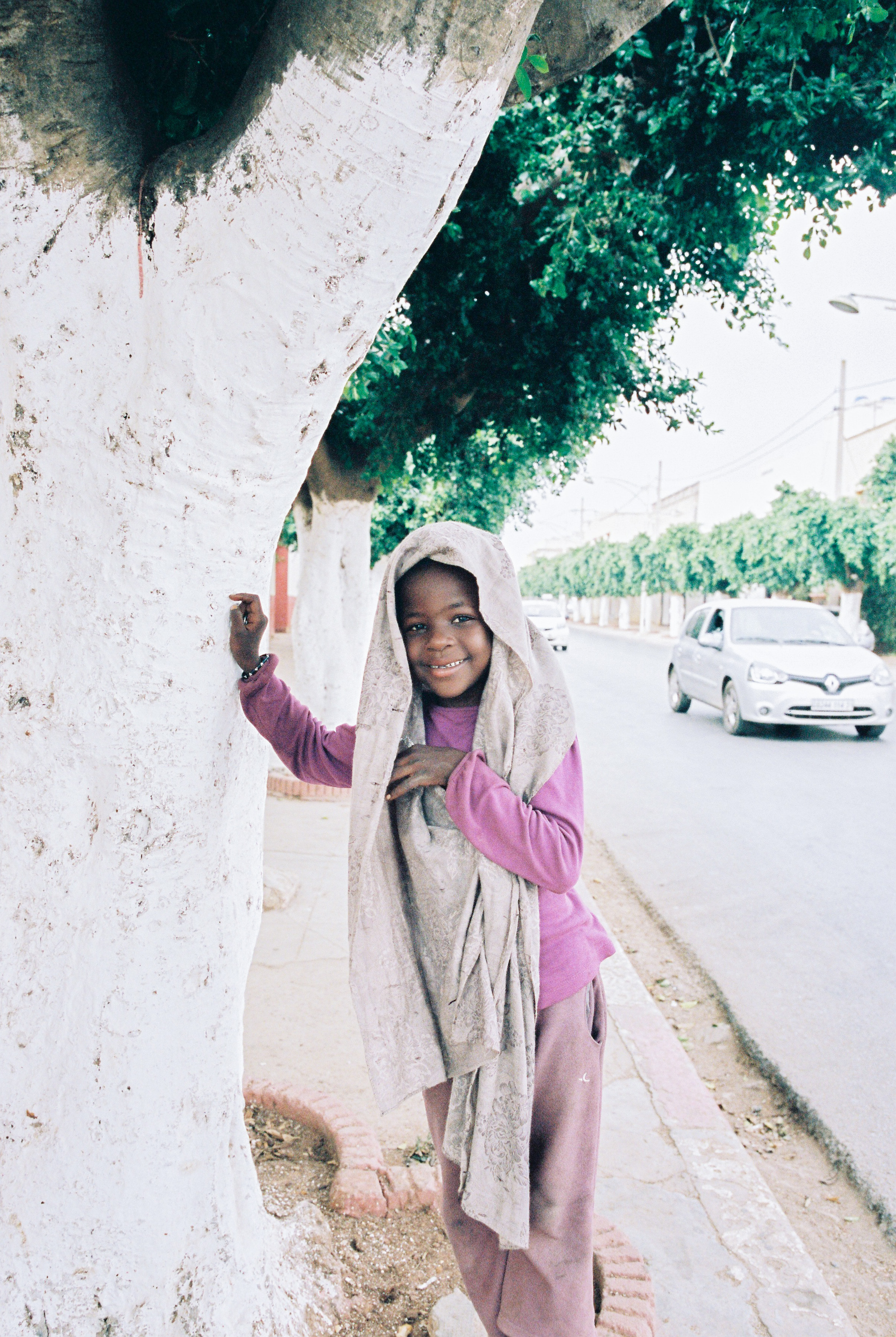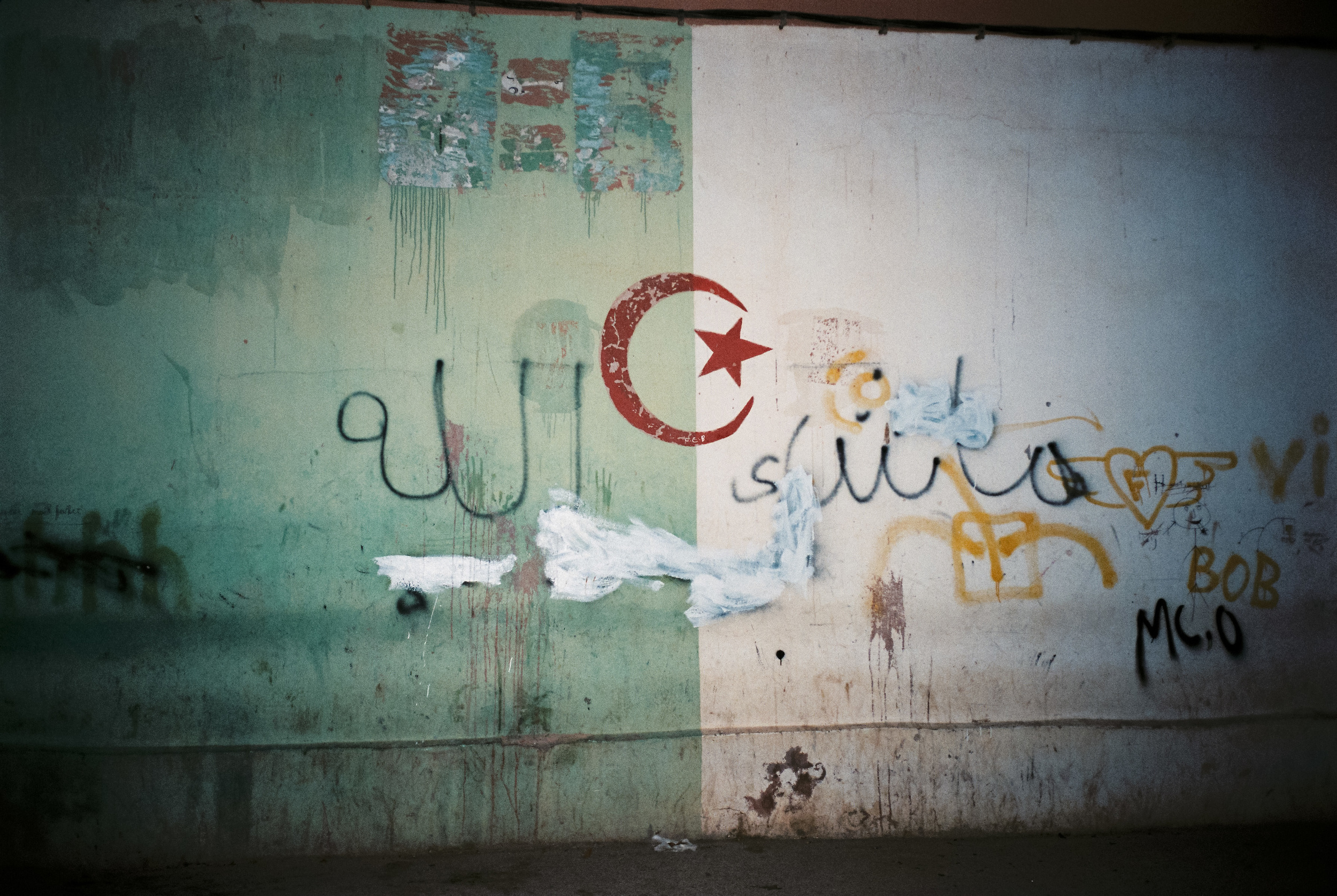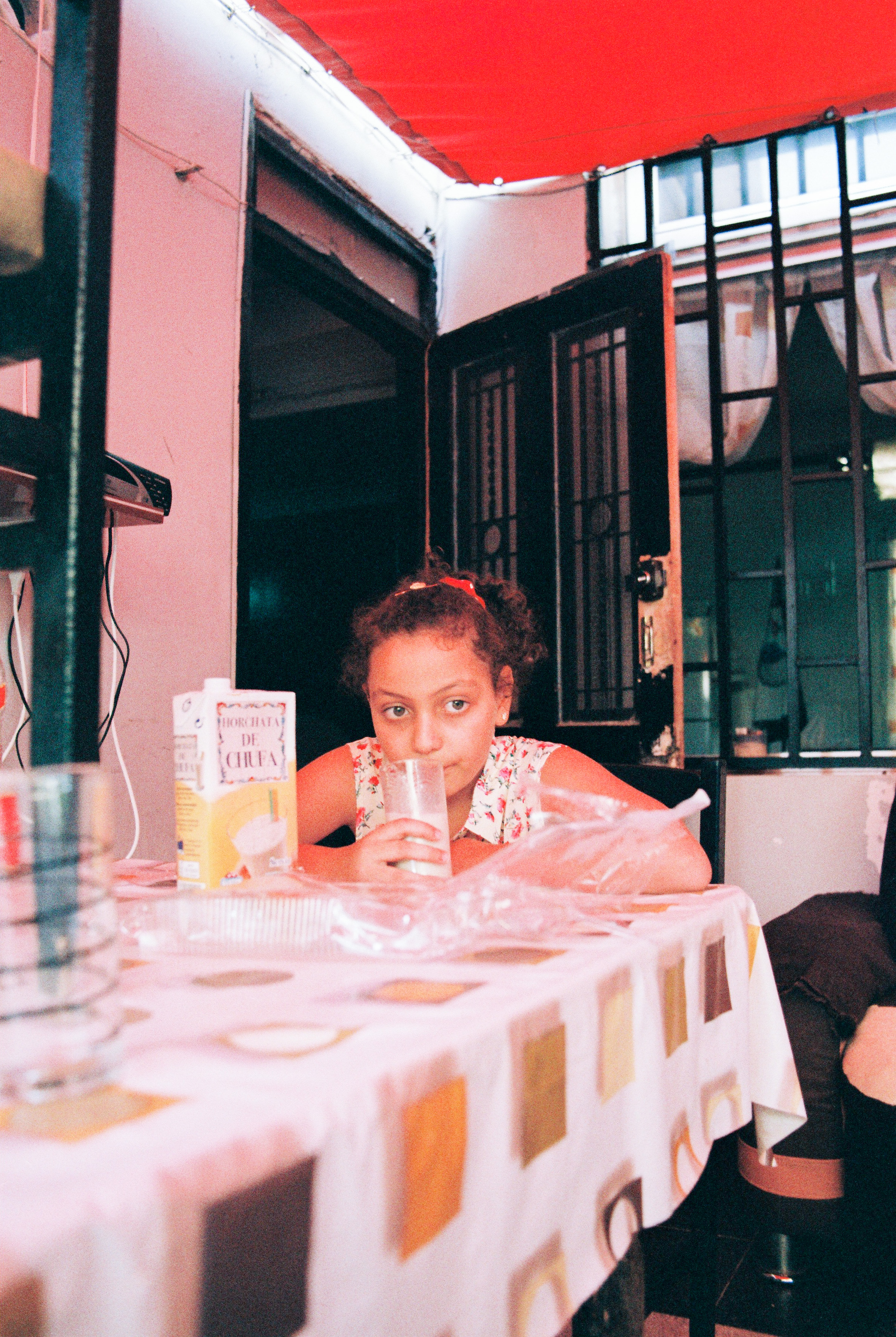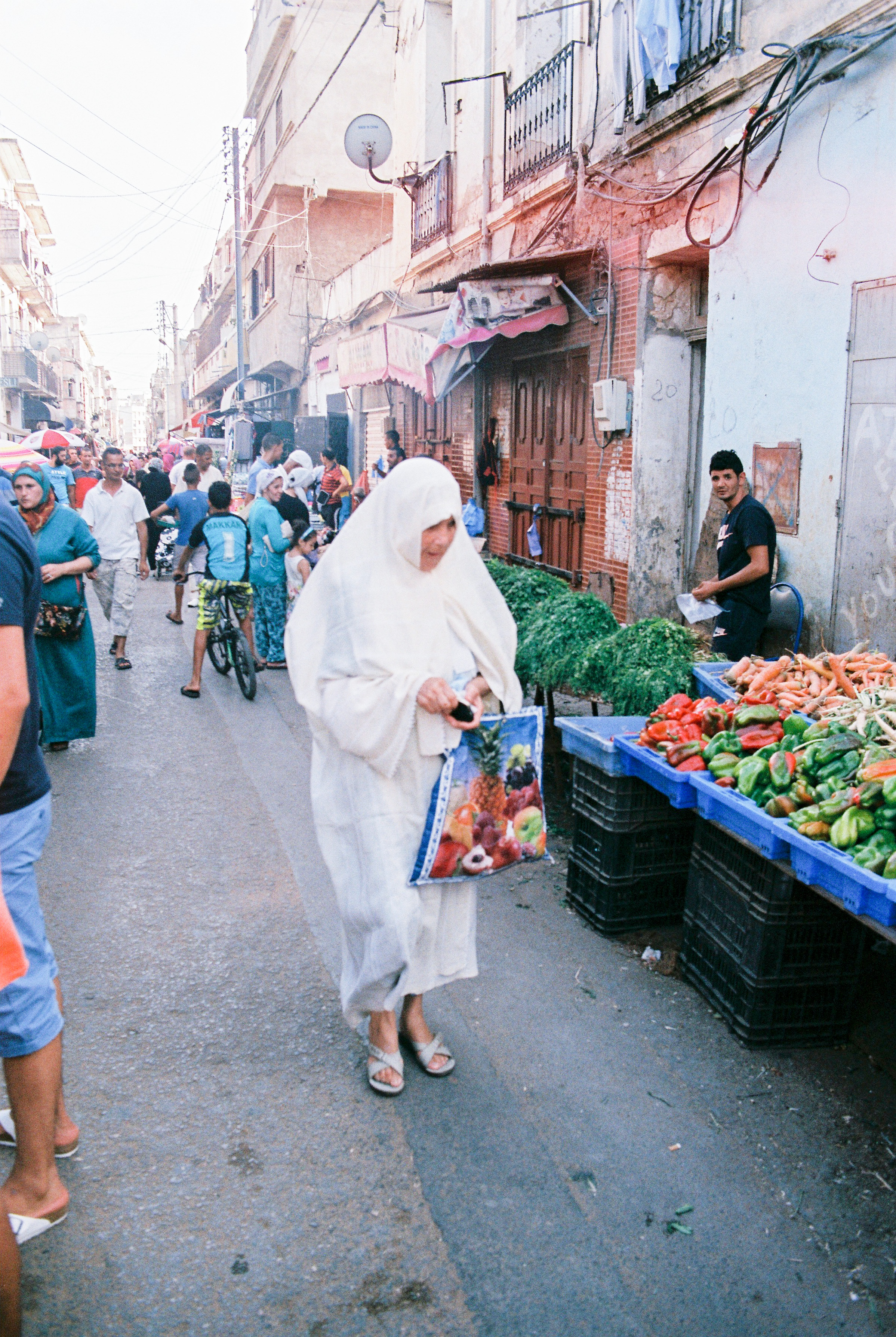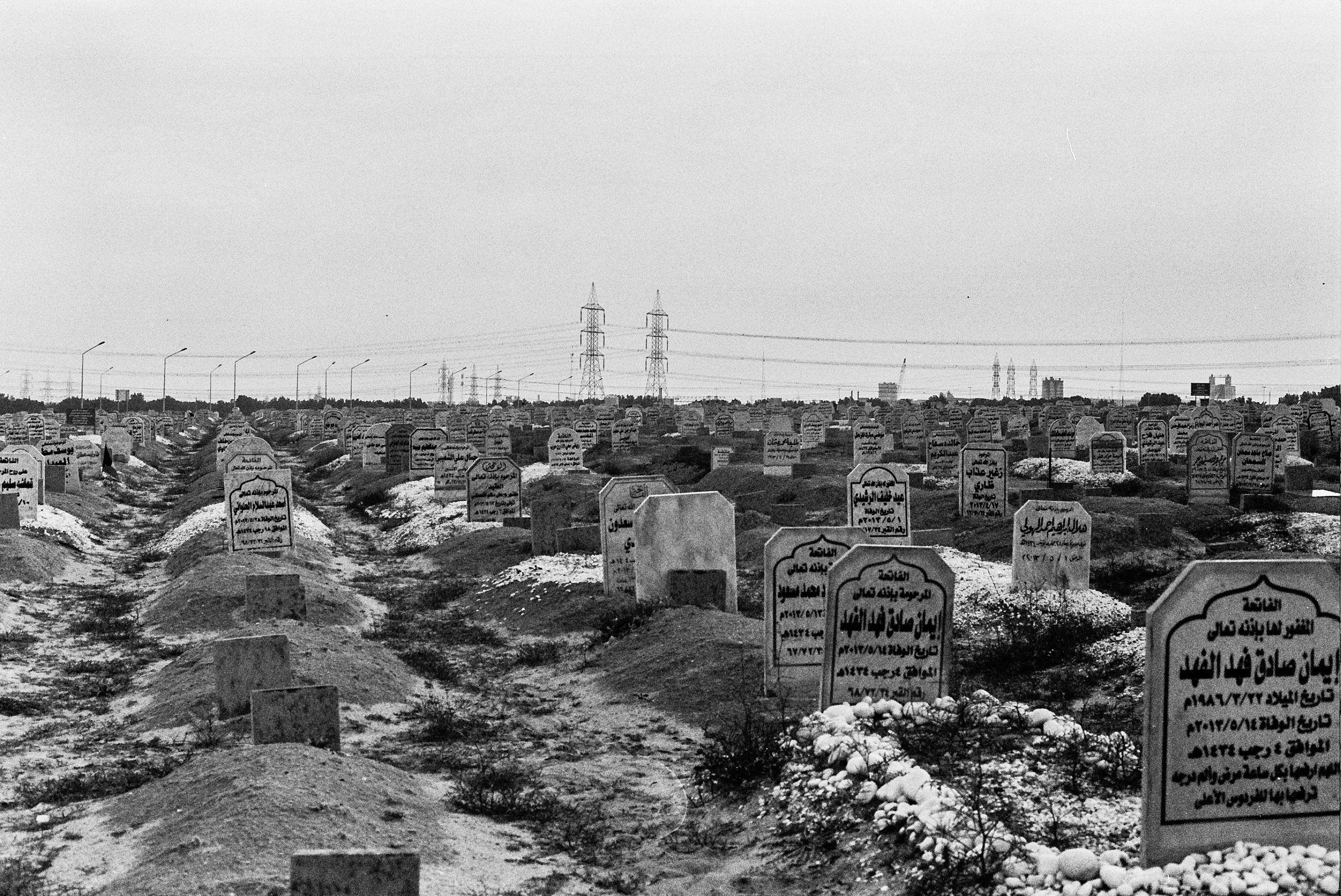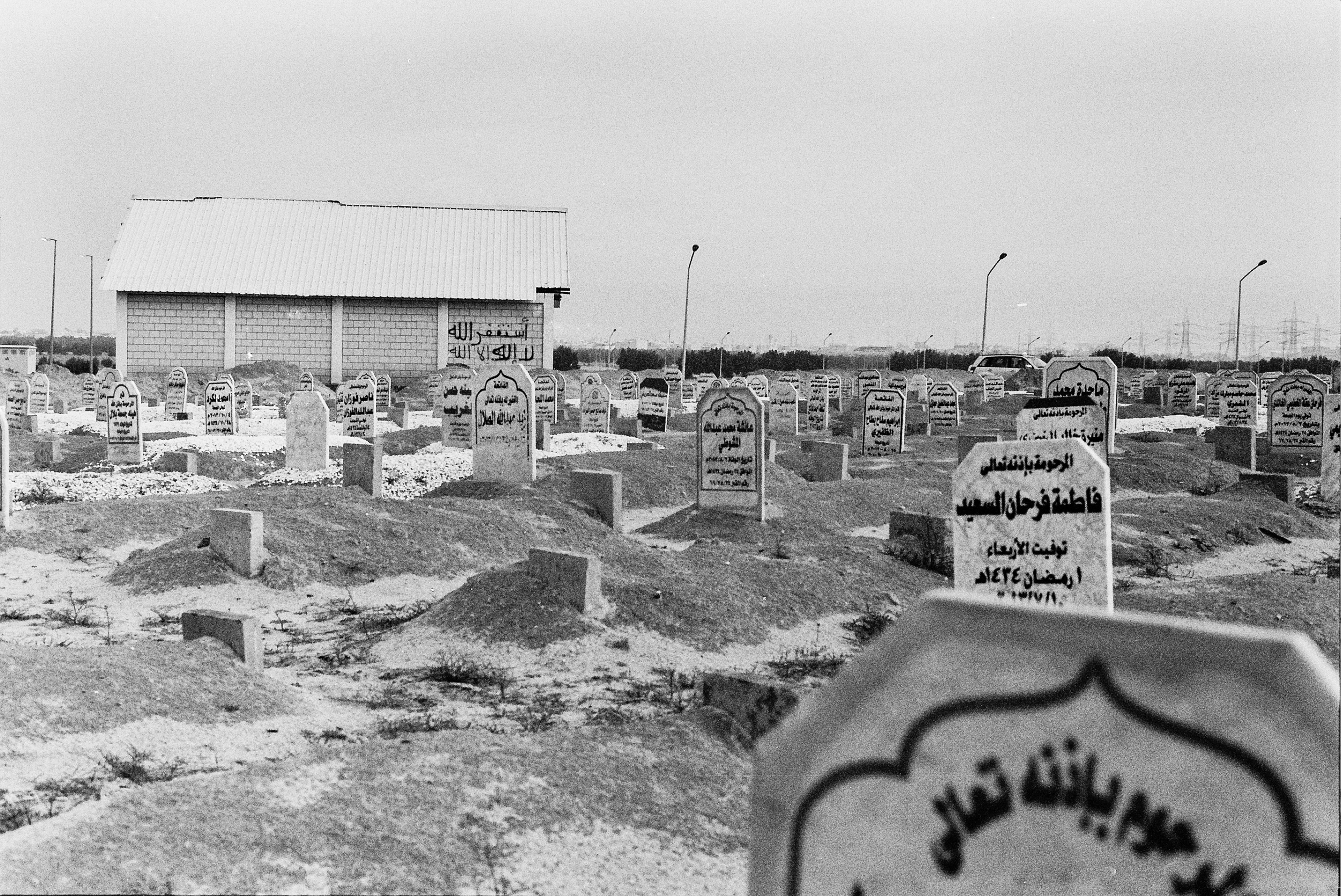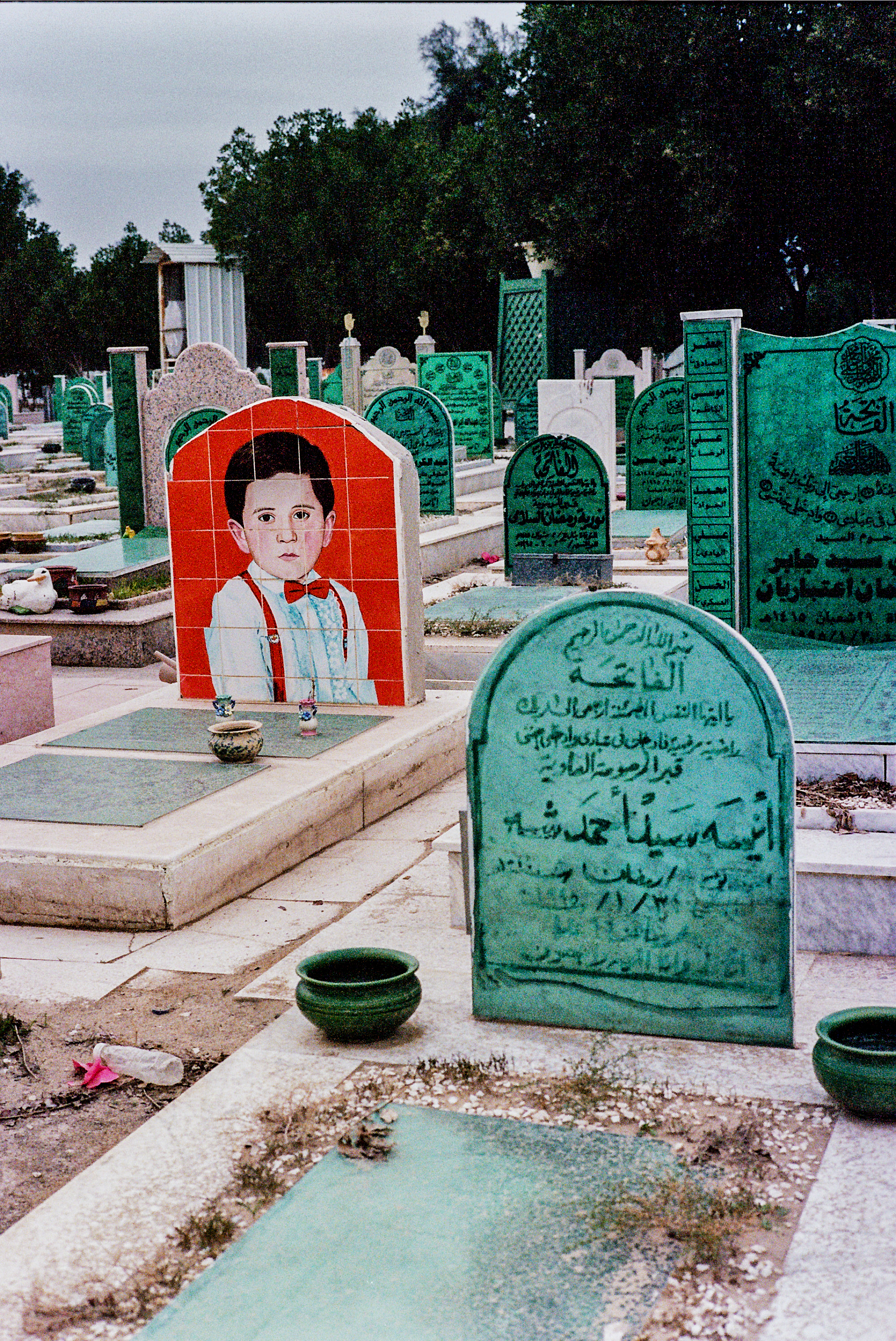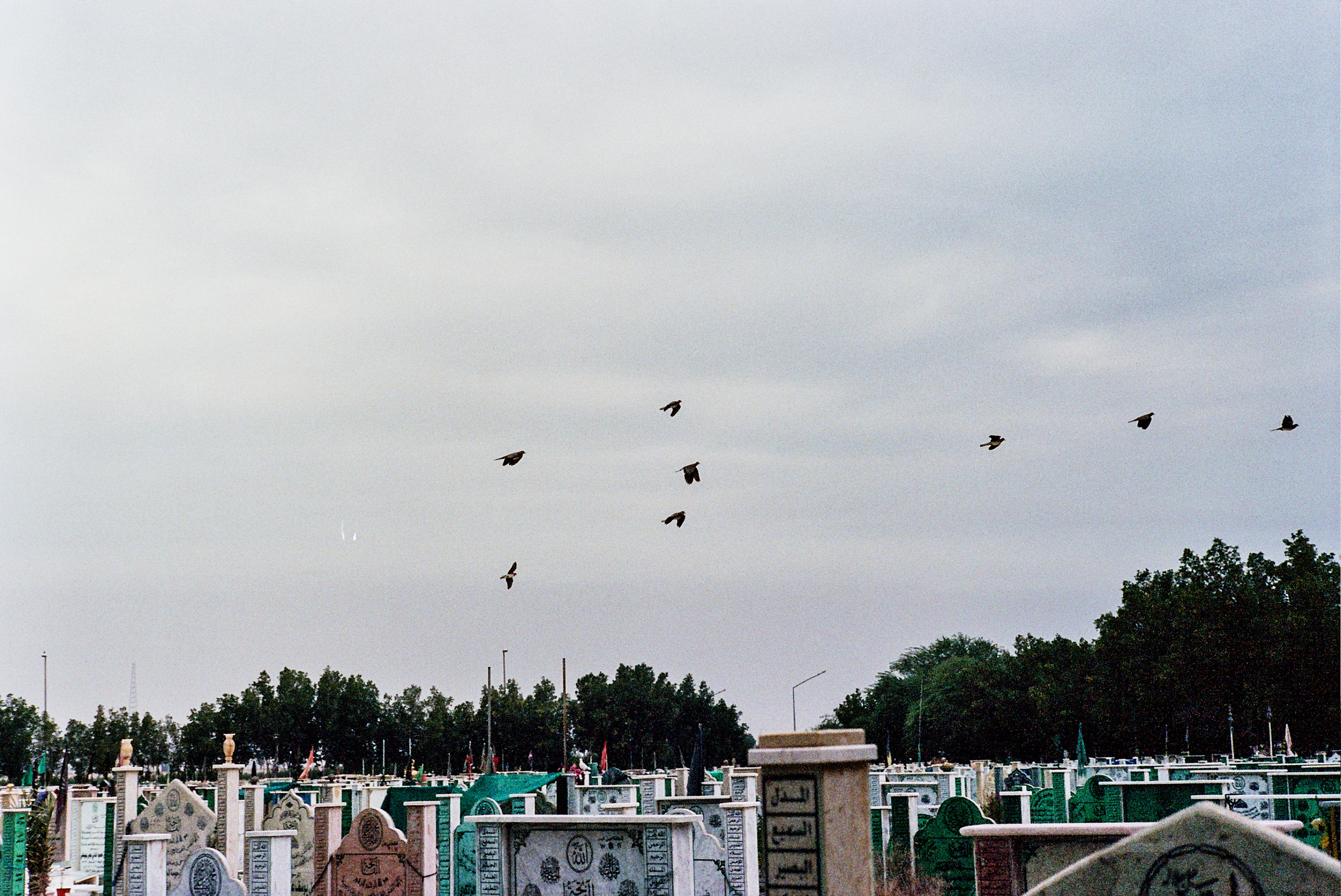–Overture–
Where it all begins
above the crud
and the unstable grounds.
–I–
It’s hidden,
but the pressure
is well noticed.
bits of filth
are on your legs.
–II–
Something seems different..
you probably wouldn’t know,
but you feel weaker,
bent a little.
your legs are stained.
–III–
It’s gloomier and darker now;
too late to change anything.
You’re trapped under the
force of your will.
you’ve lost sight of
your feet.
–IV–
All seems withered and
the air tastes a bit stale.
giving up seems like
all you can do now;
you close your eyes
waiting for what may
come. Your knees have
clamped, and you feel crushed.
–V–
No breathing is left;
all light has been consumed.
It’s cold and damp
and your skin is crawling.
people simply step over
and around the place
you stay in. Sight is barely
possible anymore;
you kneel in submission,
a victim to the world.
Is it time to buy time?
–VI–
Rest assured, there is no need
for further misfortunes.
now, you've been suffering
for a life time.
kneel down,
plead and dispute.
Live on.
***
text // majid al turki
art // eman aleghfeli
